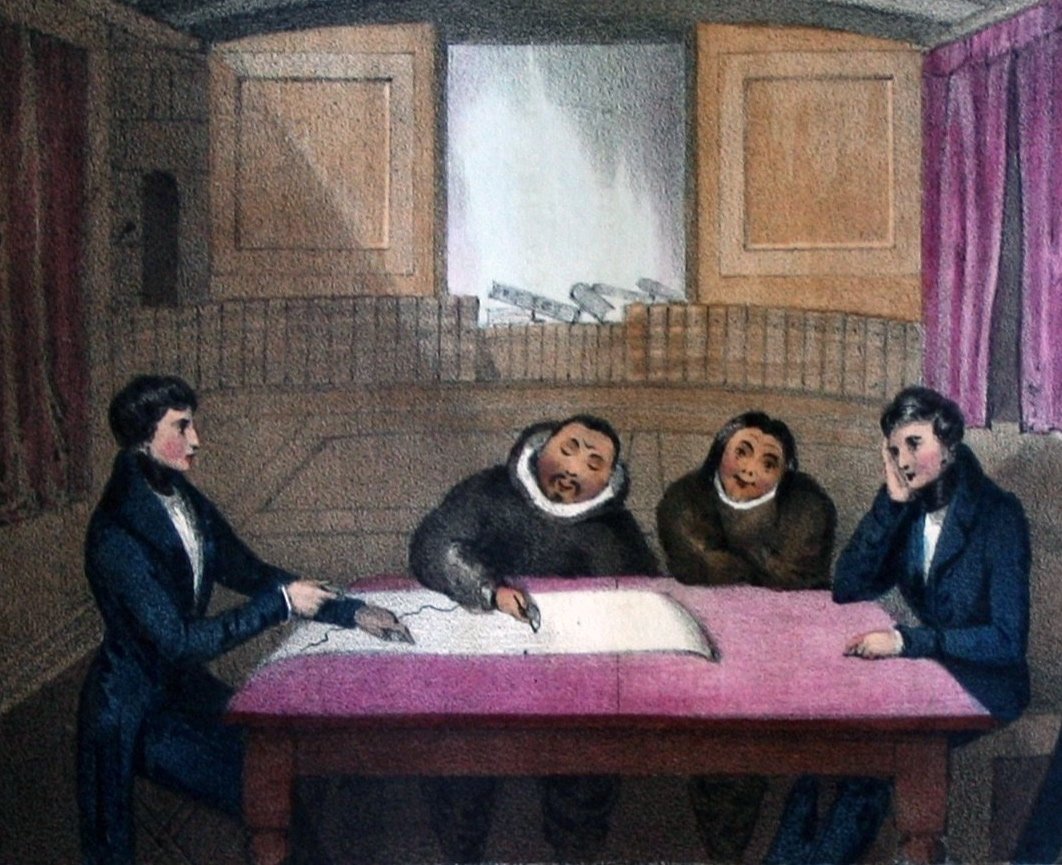
Tracing Arctic voices in art, literature, visual and material culture, c. 1750-1914.
Digital pre-conference 9 February 2023
UiT The Arctic University of Norway, Tromsø
This conference focuses on texts, images and objects that originated in cultural and natural-cultural contact zones (Pratt 2008; Haraway 2007), between Arctic Indigenous peoples or Arctic animals and agents of empire in the long nineteenth century. Lasting from about 1750 to 1914, this period saw a peak in the number of European, North American, and Russian explorers, scientists, missionaries, traders, administrators, and settlers that intervened in the Arctic region. The knowledge they produced about the Arctic and themselves were circulated and reproduced as narratives about, among others, extreme heroism in harsh, “empty” landscapes and the great profits to be made on the region’s natural resources. Despite traces and clear expressions of Indigenous peoples’ influence on and resistance to Western representations, the Arctic in Western culture became first and foremost an object of non-Indigenous, white knowledge, that only to a negligent degree was informed by local understandings and the experience of Arctic Indigenous peoples (Huggan 2016).
Decolonising dominant histories on the Arctic in the long nineteenth century involves critical engagement with the contact zones of cultural and human-animal encounters. Contributing to this effort, the conference invites papers that draw on theories and concepts developed in postcolonial studies, feminist ecocriticism and Indigenous methodologies with the view to Indigenize Arctic history and expose the illusions of modern progress narratives that accompanied colonial ventures in the region.
The conference papers pursue Indigenous history, knowledge, and perspectives in their analyses of nineteenth-century images or texts on the Arctic or objects collected from the region, where one or more of the issues below feature in the discussion:
Arctic Indigenous visual and textual productions created in a context of contact with Western society.
Instances of Indigenous agency, forms of resistance, knowledge and creative expressions contained in Western and Indigenous material.
Animal biographies, experiences, and relations to humans in contact with Indigenous and colonial actors.
Existing and possible practices of returning/reclaiming Indigenous objects in Western archives and museums.
Existing and possible practices of returning/reclaiming visual representations of ancestors to Indigenous peoples today.